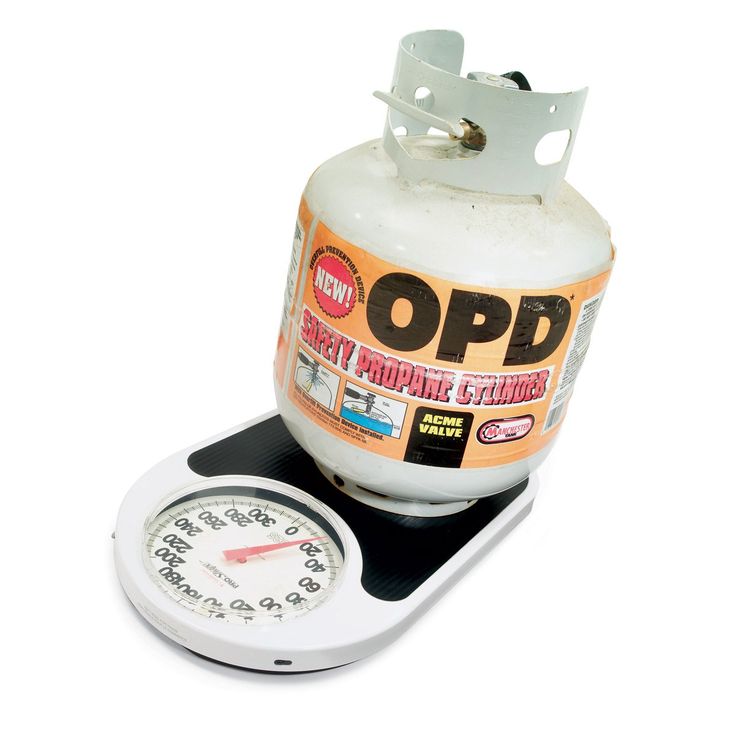Have you ever wondered if Canadian tires refill propane tanks? Look no more. We´ve got you covered.
Table of Contents
Yes, Canadian Tire does refill propane tanks. They also offer propane tank exchanges and new propane tanks for purchase.
Canadian Tire offers propane tanks in varying sizes, so you can refill, exchange, or purchase large and small propane tanks.
If there is not a Canadian Tire near you, there are still many filling stations that offer propane tank refills or exchanges.
Read also: Does Ace Hardware Refill Propane Tanks (Propane tank 20 lb)
Canadian Tire is a department store located in Canada. They specialize in cars, outdoor equipment, sports, and housewares. A similar store in the United States would be Costco, Walmart, or Dick’s.
The automotive department at Canadian Tire offers many services. These services include propane tank refills and exchanges.
They offer automotive assistance with oil changes, tire rotation and installation, and more. Canadian Tire also sells tools and equipment if you want to work on your car by yourself.
Many filling stations have limited offerings when it comes to propane. They will only carry one brand, and they can only refill certain sizes. Canadian Tire carries several different brands, including Flame King and Coleman.
Also, if you are interested in Isobutane fuel for your camping needs, Canadian Tire carries it.
The cost of propane refilling will vary based on location, but in general, it will cost between 3 and 4 dollars per gallon of propane. Canadian Tire’s refills are within those boundaries.
The size of the propane tank is the main factor used in determining the price of propane tank exchanges. In general, you can expect to pay between 5 and 6 dollars per gallon for a propane tank exchange.
In general, you can expect to pay between 5 and 6 dollars per gallon for a propane tank exchange.
As you can see, it is less expensive to refill a propane tank rather than exchanging your old tank for a new one.
However, not every location that offers propane services has both refunds and exchanges, so you may have limited options based on your location.
A 20-pound propane tank can hold about 4.6 gallons of propane. That means, if you refill an empty tank, it will cost between 13.8 and 18.4 dollars.
Financially, refilling a propane tank is a wiser decision than exchanging the propane tank. However, if you would have to travel farther for a refill, it may not be worth the time, and an exchange can be easier.
Furthermore, propane tanks have expiration dates. After the expiration date for a propane tank has passed, you cannot refill that tank anymore.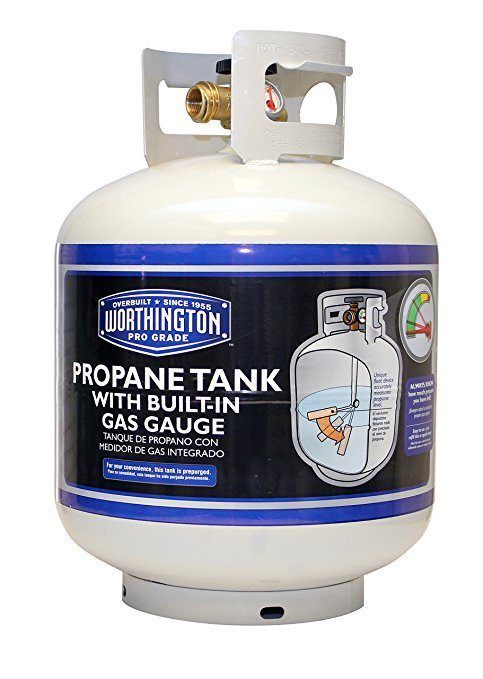 So, if your propane tank is near the end of its life, you will be better off exchanging that tank for a fresh one.
So, if your propane tank is near the end of its life, you will be better off exchanging that tank for a fresh one.
A filling station is also often referred to as a gas or petrol station. Many filling stations offer propane tank refills or exchanges in addition to their fuel offerings.
There are also propane filling stations at many popular automotive and department stores. If you are looking to refill your propane tanks, do not forget to check these locations.
The following filling stations offer propane tank refills or exchanges.
Sunoco is a gas filling station primarily located in the United States. The company was founded in the late 1800s in Pennsylvania. The company was known as the Sun Oil Company. The Sun Oil Company opened its first filling station.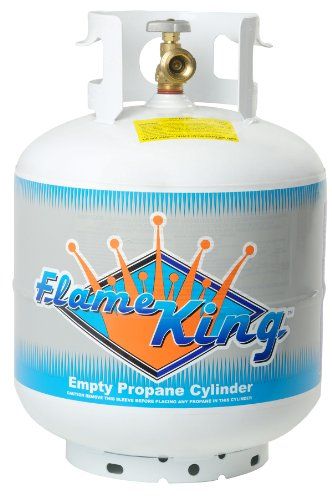
The Sun Oil Company gradually turned into the Sunoco Company.
Amongst many of its offerings and business ventures, Sunoco also offers propane refills. The propane availability may vary based on location.
Sunoco also has a history and experience with oil and natural gas, so they have an excellent system for propane refills and plenty of resources to back it up.
To refill your propane tank at Sunoco, leave your propane tank in your car and tell the cashier or an attendant that you have a propane tank to refill.
They will have someone come and refill your tank. They will give you a receipt that you can take inside to pay for the propane.
U-Haul is not a gas or petrol station, but they do offer propane tank refills. U-Haul is widely renowned for its moving vans and trailer options, but did you know that they have many other services as well?
U-Haul can install trailer hitches, offer moving services, and offers propane refills and exchanges.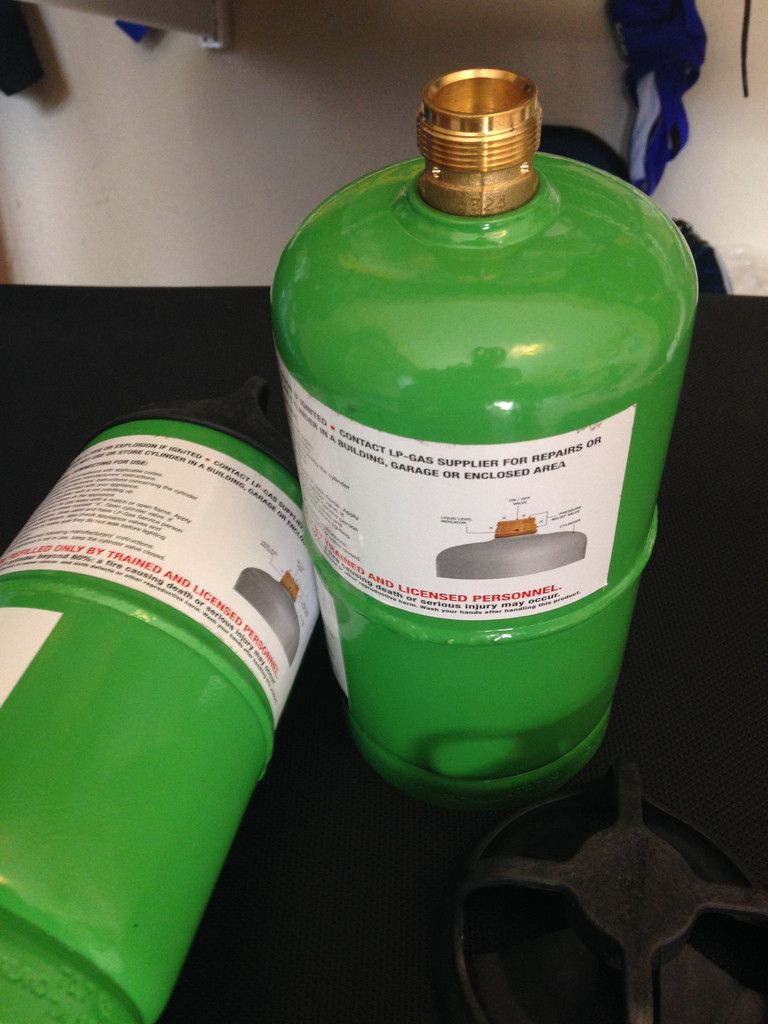
It is easy to find a U-Haul with propane refills near you, as they have a link for it on their website. Simply type in your city and state or zip code, and U-Haul will help you find a location where you can exchange your propane tank for a new one or refill your propane tank.
From that same website, you can find safety tips for working with propane.
When you refill your propane tank at a U-Haul location, there is a center located outside for propane. You can press a button to call an attendant, and they will handle the refilling process for you.
You can even pay at the pump for the U-Haul refill, so there is no need to go inside the building. This is a feature that not many filling stations offer.
Canadian Tire offers propane tank refills and exchanges. Canadian Tire is a department store located in Canada. The rest of this article dove into depths about the process of refilling your propane tank at Canadian Tire.
Another feature that Canadian Tire offers is the option to purchase new propane tanks.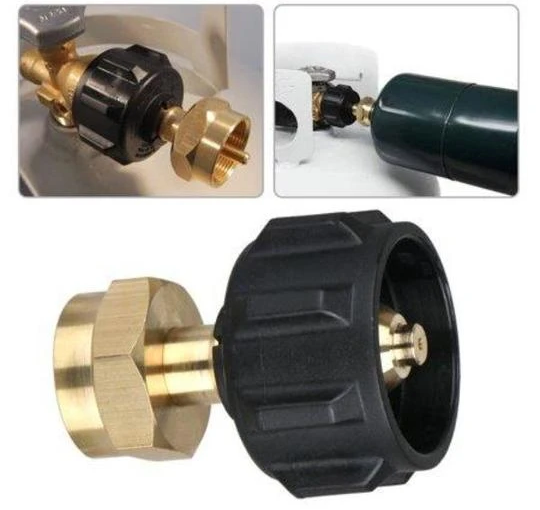 If your propane tank is near expiration and you want one that will last many years, buying a new one can extend the lifetime of your tank more than exchanging will.
If your propane tank is near expiration and you want one that will last many years, buying a new one can extend the lifetime of your tank more than exchanging will.
You can also purchase a new tank if you need to upgrade the size of your tank.
More information on propane tank refilling and exchanges at Canadian Tire is located on their website.
Walmart is a department store that also offers automotive services. They have a gas filling station. They do not offer propane refills, but they do offer propane tank exchanges and the opportunity to purchase new propane tanks.
If you want to exchange your propane tank at Walmart, simply tell the cashier and they will have someone trade your used propane tank for a new one.
Then you will pay at the cashier. Make sure to leave your propane tank outside.
Tractor Supply Company offers more than just tractors. They have plenty of outdoor supplies and other farming equipment.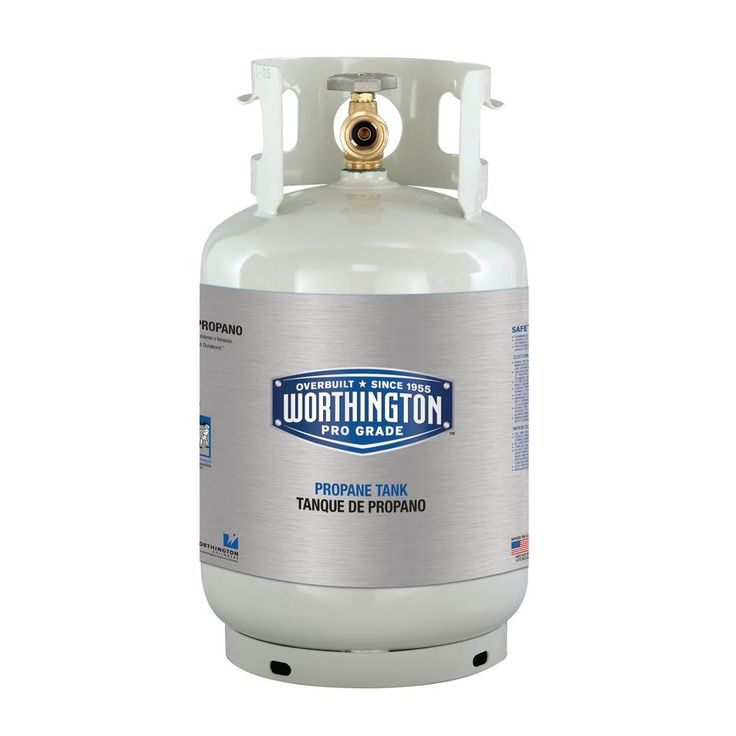 They also offer propane tanks for sale and the opportunity to refill your propane tank.
They also offer propane tanks for sale and the opportunity to refill your propane tank.
They ask that you leave your propane tank in your vehicle until an employee can come to help you in the specially designated propane refill station outside.
Then, the process is similar to many filling stations, as the employee will fill your tank and give you a slip that you take inside to pay for the propane.
Ace Hardware is another propane filling station that is often overlooked because the store’s primary function is as a hardware store.
Ace Hardware offers propane exchanges and refills, so you can select which service best fits your needs.
Another benefit of using Ace Hardware is they sell the equipment you would need if you plan on ever refilling your smaller propane tanks from a larger tank that you own.
References
https://www.canadiantire.ca/en/outdoor-living/
Does Walmart Refill Propane Tanks (With 6 Filling Stations)
Have you ever wondered if Walmart refills propane tanks? Look no more.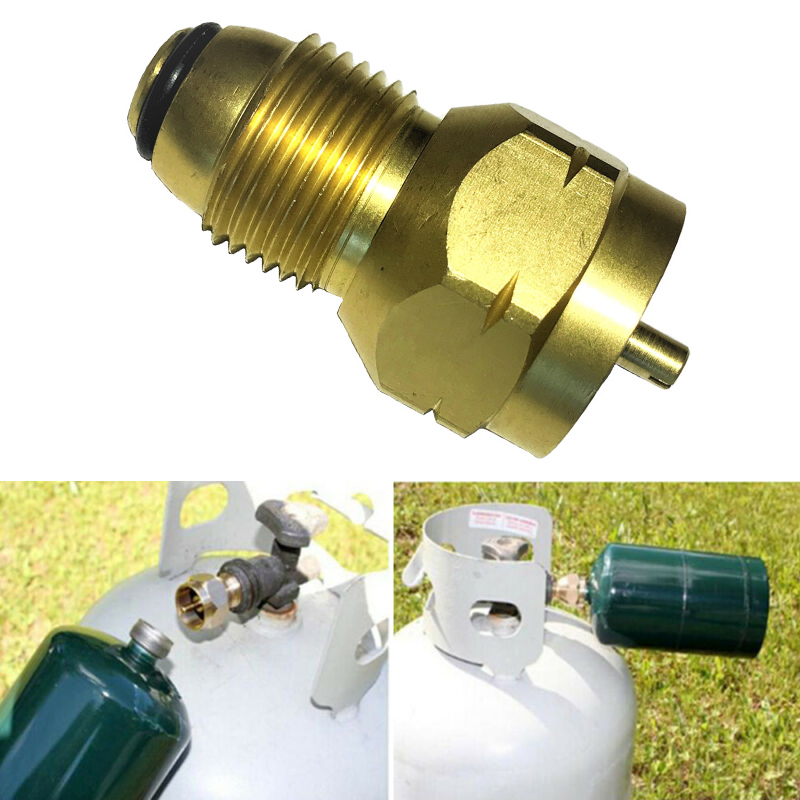 We´ve got you covered. Does Walmart Refill Propane Tanks? Walmart does not refill propane tanks. However, they do offer...
We´ve got you covered. Does Walmart Refill Propane Tanks? Walmart does not refill propane tanks. However, they do offer...
Continue Reading
link to RV Propane Refill Near Me (Here Are The New Filling StationsRV Propane Refill Near Me (Here Are The New Filling Stations
When you're cruising along with a boatload of propane in your tank, you're relaxed and carefree, right? But what happens as soon as your supply starts to dwindle? You get wound up and start trying to...
Continue Reading
by
When the 20 lb propane tank is empty, you have to refill it. How much does it cost to refill a 20 lb propane tank? This is fairly easy to calculate but you have to account for NEC guidelines when calculating the 20 lb propane tank refill cost.
Here’s the deal:
Depending on the price of propane per gallon, the cost to refill a 20 lb propane tank ranges from as low as $7.78 and as high as $20 or more for 1 refill.
A 20 lb propane refill cost less than $10 just a few years ago. With propane prices surging, you might pay as much as $20 or more at current propane prices.Cost to refill a 20 lb propane tank depends on only two factors, namely:
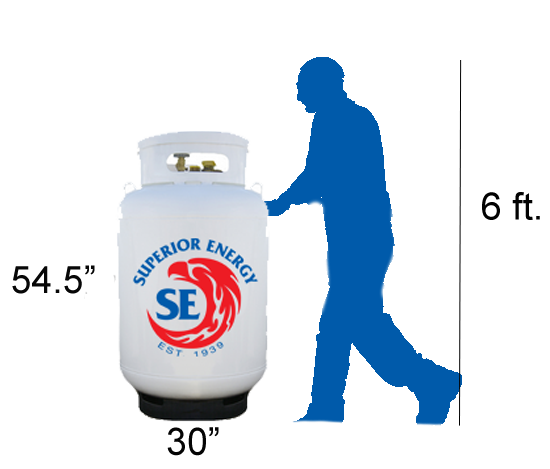 This is done at the NEC 80% directive for safety reasons. Namely, all propane tanks can be filled only up to 80% of their capacity (hence 16 lb in 20 lb tank).
This is done at the NEC 80% directive for safety reasons. Namely, all propane tanks can be filled only up to 80% of their capacity (hence 16 lb in 20 lb tank).Obviously, the main problem we have with calculating how much does it cost to refill a 20 lb tank is the whole lb vs. gallon things. In order to know how many gallons we need to refill a 20 lb propane tank, we need to convert 16 gallons of propane (80% capacity) to gallons.
We have an entire article dedicated to how much does a gallon of propane weigh here.
To help everybody who wants to know the price of refilling a 20 lb propane tank out, we have prepared two useful resources:
 You can just read the refill price on the chart.
You can just read the refill price on the chart.First of all, however, it’s quite useful to explain how to calculate the 20 lb propane refill cost:
We already know that a 20 lb propane tank holds 16 lb of propane when full.
What we need to calculate first is how many gallons is this 16 lb of propane. Namely, 1 gallon of water weighs 8.34 pounds at 77°F. The density of propane is about 50% lower than that of water. This means that 1 gallon of propane doesn’t weigh 8.34 lb per gallon. How much does a gallon of propane weight?
Anywhere from 4.05 lb/gallon (at 90°F) to 4.20 lb/gallon (at 60°F). We usually take the density of propane at room temperature (77°F) for all propane refill calculations. At 77°F, the density of propane is equal to 4.11 lb/gallon. That means that 1 gallon of propane weighs 4.11 pounds.
Here is how we calculate how many gallons of propane are in a 20 lb propane tank:
20 lb Propane Tank = Pounds Of Propane / Propane Density
Knowing that we need 16 lb of propane to refill a 20 lb propane tank and that the density of propane is 4. 11 lb/gallon, here is how we can calculate the gallons in a 20 lb propane tank:
11 lb/gallon, here is how we can calculate the gallons in a 20 lb propane tank:
20 lb Propane Tank = 16 lb / 4.11 lb/gallon = 3.89 Gallons
In short, you can put 3.89 gallons of propane in this tank. You will find a little bit more detailed explanation of how many gallons of propane are in a 20 lb propane tank here.
Now that we know that, we just have to calculate how many dollars it cost us to fill our tank with 3.89 gallons of propane. We simply need to multiply the required gallons of propane with the cost of propane per gallon like this:
Cost To Refill 20 lb Propane Tank = 3.89 Gallons Of Propane × Price Of Propane Per Gallon
Let’s say that the price of propane per gallon at your location is $3.20. Here is how much you will pay to have a 20 lb propane tank refilled:
Cost To Refill 20 lb Propane Tank = 3.89 Gallons × $3.20 Per Gallon = $12.45
This is how you can simply calculate that you will need to pay $12.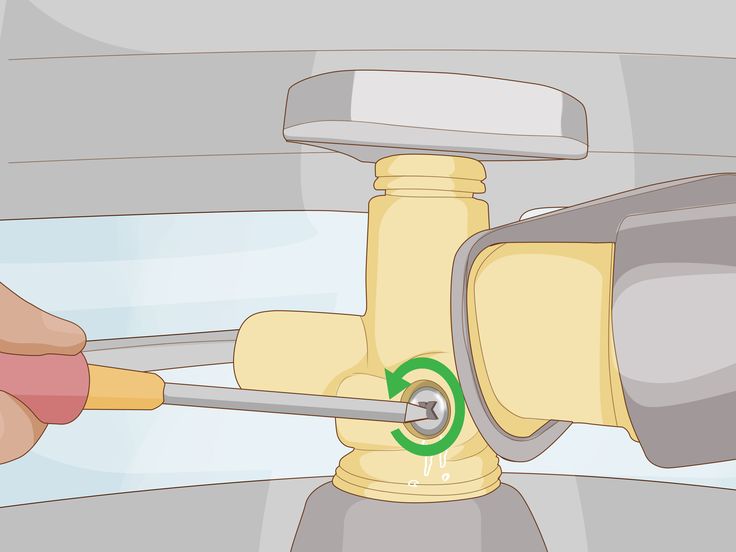 45 for a 20 lb propane tank refill.
45 for a 20 lb propane tank refill.
Now, the price of propane per gallon can vary quite a bit. That’s why it’s best to use the 20 lb propane tank refill cost calculator that automatically determines the cost of refill based on the propane per gallon cost. Below the calculator, you will also find a chart when we have calculated how much filling a 20-pound propane tank will cost if the prices of propane per gallon and between $2 and $6:
Here you simply insert the price of propane per gallon in your area, and you will get how many dollars it will cost you to refill a 20 lb propane tank:
It’s quite easy to calculate the 20 lb propane tank refill cost with this calculator. Let’s say that you have a high propane cost in your area – $3.90 per gallon. You just slide the slider to ‘3.90’ and the calculator will give you the result:
It will cost $15.17 to refill your 20 lb propane tank at $3.90 per gallon of propane cost.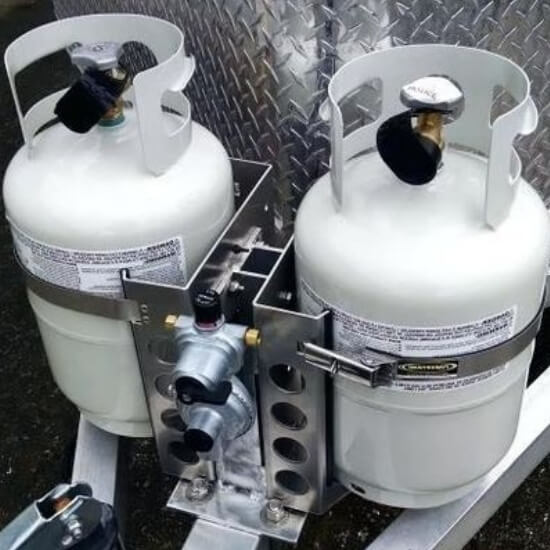
Here is a full table of 20 lb refill costs if the prices of propane are as low as $2 per gallon to as high as $6 per gallon:
| Cost Of Propane Per Gallon: | 20 lb Refill Cost: |
| $2.00 Per Gallon | $7.78 |
| $2.10 Per Gallon | $8.17 |
| $2.20 Per Gallon | $8.56 |
| $2.30 Per Gallon | $8.95 |
| $2.40 Per Gallon | $9.34 |
| $2.50 Per Gallon | $9.73 |
| $2.60 Per Gallon | $10.11 |
| $2.70 Per Gallon | $10.50 |
| $2.80 Per Gallon | $10.89 |
| $2.90 Per Gallon | $11.28 |
| $3.00 Per Gallon | $11.67 |
| $3.10 Per Gallon | $12.06 |
| $3.20 Per Gallon | $12.45 |
| $3.30 Per Gallon | $12.84 |
$3.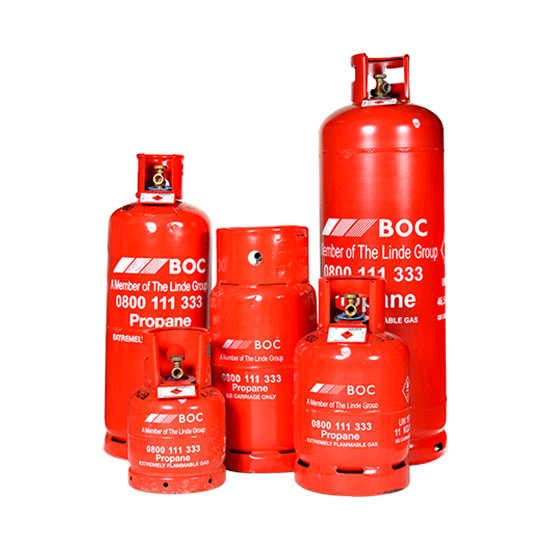 40 Per Gallon 40 Per Gallon | $13.23 |
| $3.50 Per Gallon | $13.62 |
| $3.60 Per Gallon | $14.00 |
| $3.70 Per Gallon | $14.39 |
| $3.80 Per Gallon | $14.78 |
| $3.90 Per Gallon | $15.17 |
| $4.00 Per Gallon | $15.56 |
| $4.10 Per Gallon | $15.95 |
| $4.20 Per Gallon | $16.34 |
| $4.30 Per Gallon | $16.73 |
| $4.40 Per Gallon | $17.12 |
| $4.50 Per Gallon | $17.51 |
| $4.60 Per Gallon | $17.89 |
| $4.70 Per Gallon | $18.28 |
| $4.80 Per Gallon | $18.67 |
| $4.90 Per Gallon | $19.06 |
| $5.00 Per Gallon | $19.45 |
| $5.10 Per Gallon | $19.84 |
| $5.20 Per Gallon | $20.23 |
| $5.30 Per Gallon | $20.62 |
$5. 40 Per Gallon 40 Per Gallon | $21.01 |
| $5.50 Per Gallon | $21.40 |
| $5.60 Per Gallon | $21.78 |
| $5.70 Per Gallon | $22.17 |
| $5.80 Per Gallon | $22.56 |
| $5.90 Per Gallon | $22.95 |
| $6.00 Per Gallon | $23.34 |
As you can see, the cost of propane determines how much you are going to pay for a 20 lb propane tank refill. It can be below $10 if the propane cost per gallon is below $2.60 or more than $20 if your propane cost per gallon is $5.20 or higher.
Hopefully, you now have enough information to calculate the refill cost of the 20 lb propane tank yourself. If you have any questions and would like our help, just use the comments below and we will help you out.
Table of Contents
Important! For proper filling of the cylinder and the subsequent normal operation of any devices operating on a liquefied propane-butane mixture, it is necessary to fill the cylinder with gas no more than 85% of its full volume!
This requirement must be observed in order to leave room in the gas cylinder for the so-called "vapor cushion" - a free zone, which is necessary for the transition of propane-butane from a liquid to a gaseous state inside the cylinder, and also so that when the temperature rises inside the cylinder, and hence the volume of the liquid phase, the permissible pressure was not exceeded, followed by the operation of the PRV-valve for emergency release of excess pressure.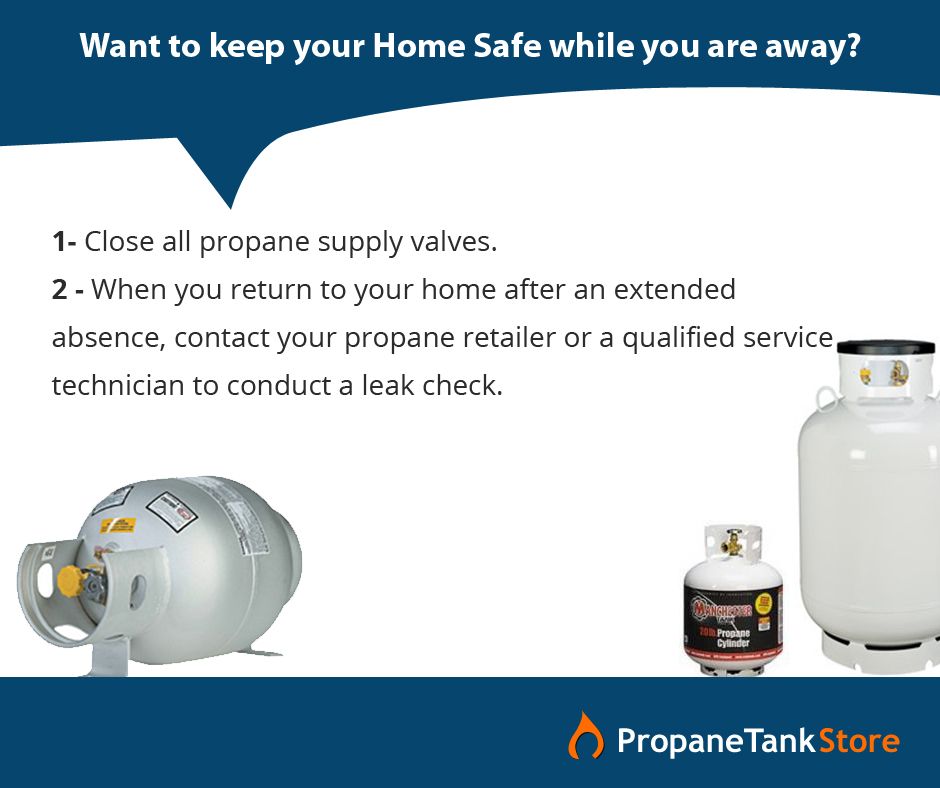
This rule applies equally to both polymer composite gas cylinders and metal cylinders. As you already understood, the volume of the liquid phase changes with increasing temperature. This relationship is based on the relatively high coefficient of volumetric expansion of the liquid phase of the gas. As a result, the density of the gas decreases. So for propane, this coefficient will be equal to 0.003, for butane 0.002 with an increase in temperature by 1 ° C. For example, propane expands 15 times more than water, and butane 10 times.
Please note! Before filling a new composite gas cylinder for the first time after purchasing it, it is necessary to bleed the air inside the gas cylinder with which it was filled in order to properly store and check the integrity of the sealing cylinder. Remember that the new composite cylinder must always be filled with air. If there is no air, then either the cylinder is not new, or it is damaged and cannot be used.
It is also necessary to remove condensate (gasoline) from the cylinder after every three or four refuelings with propane-butane. Gasoline is a liquid gas condensate, which is a by-product of propane-butane evaporation and constantly accumulates in the cylinder during the entire period of its operation. If the gasoline is not periodically removed, then the maximum amount of gas that can be filled into a cylinder will decrease all the time. To remove gasoline when there is no gas in the cylinder, it is necessary to open the cylinder valve, tilt it and drain the liquid. It is advisable that these actions be carried out by a qualified worker of a gas filling station.
If the gas equipment does not work correctly after filling the cylinder, the problem may be due to non-compliance with the filling rules.
Features of gas cylinder operation! Household gas cylinders connected to working consumers (stoves, grills, heaters) must be used in a strictly vertical position, with the valve up.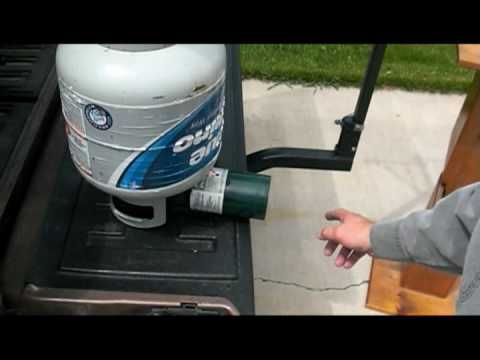 It is forbidden to use cylinders in a horizontal orientation, since in this case the liquid phase of the gas will enter the reducer (gas regulator) and the hose, and this will lead to incorrect operation of the equipment.
It is forbidden to use cylinders in a horizontal orientation, since in this case the liquid phase of the gas will enter the reducer (gas regulator) and the hose, and this will lead to incorrect operation of the equipment.
But gas cylinders can be stored in any position.
Download
Copy URL
1. General safety requirements
1.1. When compiling the instructions, the requirements and provisions of the "Rules for the Design and Safe Operation of Pressure Vessels", "Safety Rules in the Gas Industry" were taken into account.
1.1. Gas (oxy-acetylene) welding is allowed for persons not younger than 18 years old who have undergone a medical examination, as well as trained in safe methods and techniques for working with gas welding and gas cutting. Working gas welders must be trained in safe methods of working with cylinders with compressed and liquefied gases, and also have an annual fire certificate. The electrical safety tolerance group must not be lower than the second.
The electrical safety tolerance group must not be lower than the second.
1.2. Each gas welder must know well and strictly comply with the requirements set forth in this manual, the enterprise administration must create normal working conditions and provide welders' workplaces with everything necessary for safe work.
1.2. When welding at height (scaffolding and scaffolding), it is necessary to cover the flooring with sheets of iron or asbestos in order to avoid the fall of molten metal on people passing below.
1.3. If it is necessary to carry out welding work near electrical wires, cables and other current-carrying parts of electrical installations, the latter must be protected from possible contact.
1.4. Before working in tanks, wells, etc. The work manager must make sure that there are no harmful or explosive gases in them and provide adequate ventilation to remove them. In the event of an unexpected appearance of harmful gas, work must be stopped, and workers removed from the danger zone.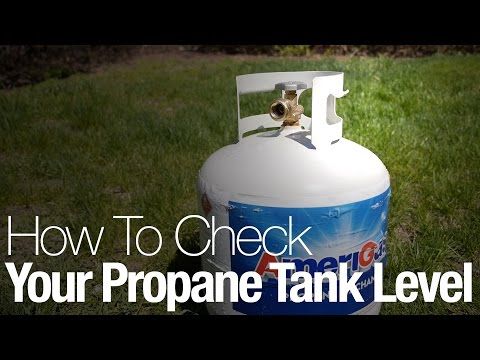
1.5. It is necessary to observe the minimum allowable distance from the place of welding to flammable materials - 10m.
1.6. When repairing containers from combustible and flammable materials, you should:
a) pre-wash the vessel with hot water, 15-20% caustic soda solution or blow with dry steam.
b) to weld the seams of vessels only with open plugs.
1.7. When cleaning the seam from slag, use protective goggles with transparent glasses.
1.8. The workplace of a gas welder should be well lit, where general lighting cannot be used, a safe 12-volt light bulb should be used.
1.9. A gas welder, being near oxygen cylinders, must prevent oil from getting on them, do not touch them with hands contaminated with oil, grease, since the combination of a small amount of oil with oxygen can cause an explosion of great destructive power.
2. SAFETY REQUIREMENTS BEFORE STARTING WORK.
2.1. Before starting work, the workplace and the passages near it must be put in order, as well as the presence and serviceability of equipment, a set of tools and devices, protective equipment and other safety devices must be checked.
2.2. Gas welding work should be carried out in overalls and gloves made of fire-resistant fabric.
2.3. To protect the face and head, you should use special shields or a helmet-mask. Overalls are tucked in and fastened so that there are no hanging and fluttering ends. The pockets of the jacket must be closed with flaps. Pants should be worn loose, mittens should be worn so that they tightly overlap the sleeves of the jacket. Hair must be tucked away under a headdress. Tucking a jacket into trousers is prohibited.
2.4. It is necessary to carefully inspect the cylinder, check whether the date of the hydraulic test has expired, whether the valves open normally, whether the thread of the side fitting is knocked down and whether the valve is dirty with oil. The propane-butane cylinder should only be in an upright position.
The propane-butane cylinder should only be in an upright position.
2.5. The gas welder must also make sure that the hoses of pressure gauges, reducers, burners, cutters are in good condition. Check the tightness and correct connection of the hoses to the cylinders, to the reducer and burners. Operation of equipment with gas leaks is prohibited.
2.6. Report all malfunctions to the foreman and do not start work until they are eliminated.
2.7. Check the availability and serviceability of fire fighting equipment. It is forbidden to work if they are absent.
2.8. Protect the place of work with shields when cutting near current-carrying devices to avoid accidental contact with them. Fences must be marked with warnings about the danger of electric shock.
2.9. Check the availability and serviceability of ventilation before starting gas welding or gas cutting work in the premises. It is forbidden to work with faulty ventilation.
2.10. It is forbidden to use defective hoses, as well as winding them with insulating tape. When repairing sleeves, damaged areas must be cut out, and individual pieces connected with double-sided nipples. The minimum length of the section of joined hoses must be at least 3 m. The number of joints on the sleeves - no more than two.
When repairing sleeves, damaged areas must be cut out, and individual pieces connected with double-sided nipples. The minimum length of the section of joined hoses must be at least 3 m. The number of joints on the sleeves - no more than two.
2.11. It is forbidden to connect segments of hoses using smooth tubes.
2.12. To fix the hoses on the connecting nipples of the equipment, it is necessary to use special clamps. It is allowed to tie the sleeve with soft annealed wire.
2.13. Flattening, twisting and bending of hoses during their laying is not allowed.
2.14. Do not use oily hoses.
2.15. The minimum distance from propane-butane cylinders to wells, trenches and other recesses must be at least 5 m.
2.16. The installation of cylinders near the walls of buildings should be provided no closer than 0.5 m from the doors and windows of the first floor and 3 meters from the windows and doors of the basement and basement floors.
2.17.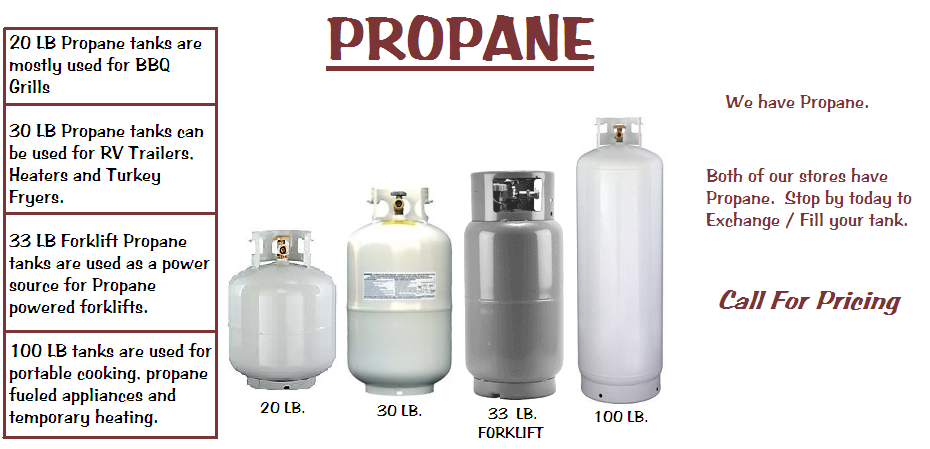 Cylinders with propane-butane should be installed no closer than 1m from heating devices and no closer than 10m from heating stoves and other strong heat sources.
Cylinders with propane-butane should be installed no closer than 1m from heating devices and no closer than 10m from heating stoves and other strong heat sources.
2.18. It is allowed to install only one propane-butane and two oxygen cylinders at the workplace.
3. SAFETY REQUIREMENTS DURING WORK.
3.1. Cylinders should be located in places remote from the aisles and the passage of vehicles. When installed in a vertical position, they must be securely fastened.
3.2. Vegetable, animal and mineral fats should not be allowed to parts where they can come into contact with oxygen.
3.3. Carts or stretchers must be used to transport cylinders. Transportation of cylinders should be made only with caps screwed on them.
3.4. The connection of reducers to the cylinder should be made with special keys (under the indispensable condition of cleaning hands from fats and oils).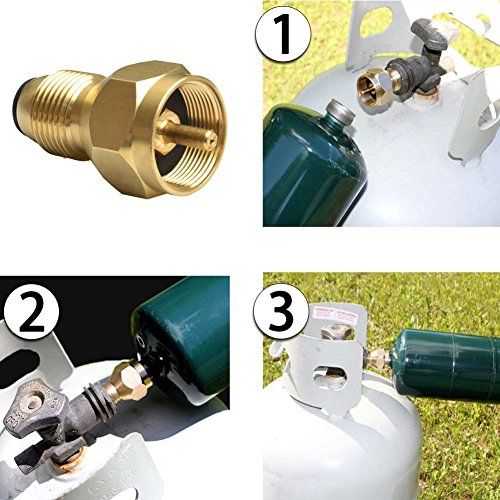
3.5. You need to open the oxygen cylinder slowly, the opening one should be away from the reducer.
3.6. Glycerin can be used to lubricate oxygen cylinders.
3.7. When testing the cylinder valve for gas passage, soapy water can be used, while the burner flame must be closed.
3.8. When installing equipment on cylinders, it is necessary to firmly remember that oxygen cylinders can have a right-hand thread, and acetylene - a left-hand thread.
3.9. When working outdoors, cylinders can be kept in a horizontal position, provided that the valve is higher.
3.10. All gas-permeable hoses, reducers, valves, water locks and other equipment must be immediately replaced with new and pre-tested ones.
3.11. Galvanized steel pipes, parts and assemblies must be connected, as a rule, on
threads using galvanized steel connecting parts or non-galvanized ductile iron. It is allowed to connect galvanized steel pipes, parts and assemblies of electric arc or gas welding, provided that a local compartment for toxic emissions is provided and the zinc coating is cleaned to a length of 20-30 mm, with joined pipe ends, followed by coating the outer surface of the weld and the near-weld zone with a paint containing 94% zinc dust and 6% synthetic binders (polystyrene, epoxy, etc.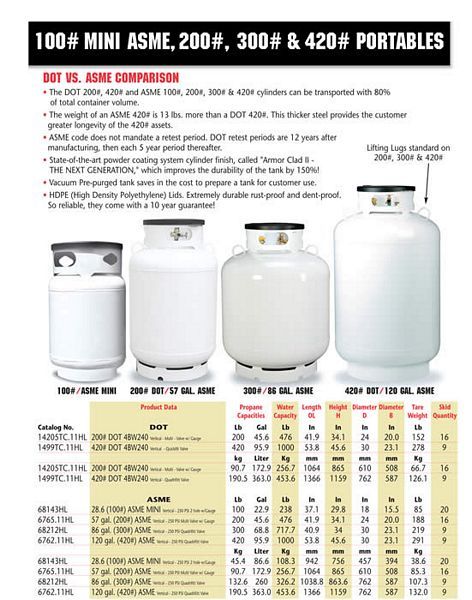 )
)
3.12. Before connecting the hoses to the torch or torch, the hoses must be purged with working gas
. Oxygen - oxygen, acetylene - acetylene. Hose connections must be sealed. In the event of interruptions in work, broken hoses and any kind of malfunction, turn off the power immediately. During operation, it is forbidden to stretch or bend the hoses.
3.13.
new acetylene cylinders must be painted blue with "oxygen" written on them, and white with "acetylene" written on them.
3.14. During gas welding works in the open air, in rainy, snowy weather and with wind
, the workplace must be protected from the effects of wind and precipitation.
3.15. When igniting the burner, the oxygen valve must first be slightly ajar, not
more than ¼ turn, and then the acetylene valve is opened and the combustible mixture of gases is immediately ignited. After that, the normal flame for this process is regulated by valves. Do not allow the speed of movement of acetylene from the burner to be less than the speed of its combustion. When extinguishing a torch or torch, the fuel gas valve is closed first, and then the oxygen valve.
When extinguishing a torch or torch, the fuel gas valve is closed first, and then the oxygen valve.
3.16. For long-term work, it is necessary -
a) close the valve of the oxygen cylinder,
b) loosen the pressure screw of the reducer.
3.16. PROHIBITED :
3.16.1. A gas welder is prohibited from welding vessels under pressure.
3.16.2. Cylinders filled with oxygen and acetylene should be thrown and subjected to blows, carried on the shoulders, placed near heat sources and exposed to sunlight. Also, cylinders must not be leaned against live parts, wires and other electrical equipment.
3.16.3. Carry cylinders by lifting mechanisms.
3.16.4. Transportation of cylinders without safety plugs on valve fittings and without common caps on cylinders.
3.16.5. When shifting cylinders by hand, take hold of the valve. It is not allowed to store spare cylinders at the workplace.
3.16.6. Removing the balloon cap by hitting with a hammer, using chisels, or in other ways that can cause a spark (for the same reasons, hits should be avoided when opening cans of carbide).
3.16.7. Distillation of gases from one cylinder to another.
3.16.8. Repair cylinder valves with your own means, as well as disassemble them when the cylinders are filled with gas.
3.16.9. Attach the reducer nuts with the cylinder valve open.
3.16.10. Pass with a lit torch or cutter outside the workplace.
3.16.11. Hold the hoses under your arm, on your shoulders or clamp them with your feet.
3.16.12. Extinguish a burning torch or torch even for a short time. With breaks at
the burner (torch) must be extinguished and placed on a special stand.
3.16.13. Search for gas leaks using fire (soap emulsion is used for this).
3.16.14. Carry out work in case of a faulty pressure gauge, reducer or damage to the device.
3. 16.15. Without the special permission of the foreman and safety briefing, cut and weld containers, work in wells, hatches and tanks, as well as perform work at height, which is especially dangerous.
16.15. Without the special permission of the foreman and safety briefing, cut and weld containers, work in wells, hatches and tanks, as well as perform work at height, which is especially dangerous.
3.17. Before starting work –
3.17.1. It is necessary to inspect the burner, clean it with a conical wooden stick or brass wire (do not use steel wire for this).
3.17.2. Make sure that the hoses are in good condition, avoid kinks and loops, and protect them from mechanical damage.
3.17.3. The workplace must be cleaned of sharp objects that can pierce hoses.
3.17.4. If there are people near welding, it is necessary to protect the place of work with a screen or shields.
3.18. During operation -
3.18.1. During work, a vessel with clean cold water should be near the welder to soak the burners in case of overheating. When lowering the torch or cutter into water, it is necessary to close the oxygen and acetylene supply valves.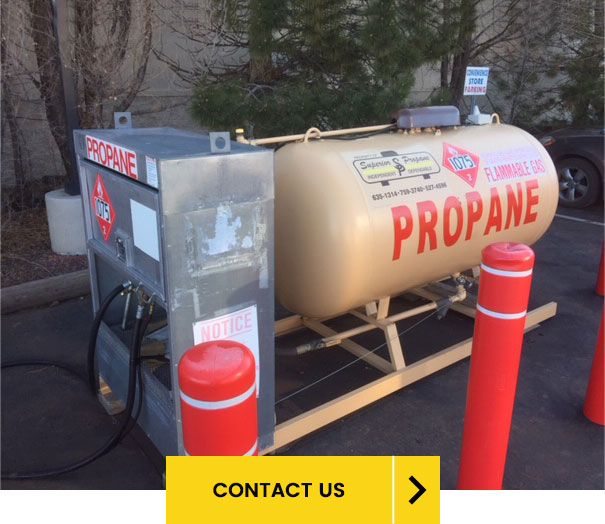
3.18.2. Cylinders must be located no closer than five meters from the welding site.
3.18.3. In the event of a kickback (pop), immediately close the valve of the burner coming from the acetylene cylinder.
3.18.4. During breaks in work, it is necessary to ensure that the burner taps are tightly closed and do not let acetylene and oxygen into the atmosphere.
3.18.5. Use protective goggles with dark lenses and overalls.
3.19. Prohibited:
3.19.1. Work in the absence or malfunction of the pressure gauge.
3.19.2. Use a torch or hammer to service or level the parts to be welded.
3.19.3. Carry out welding (repair) of pressure vessels, as well as vessels with fuel and lubricants and explosive materials.
3.19.4. Simultaneous production of welding work with a pneumatic tool on one structure or on one object.
3.19.5. Carry out welding work near flammable or flammable materials.
4. SAFETY REQUIREMENTS IN EMERGENCY SITUATIONS.
SAFETY REQUIREMENTS IN EMERGENCY SITUATIONS.
4.1. In the event of a fire or other accident, the welder must stop work, turn off the equipment and report the incident to the responsible person. If possible, use improvised fire extinguishing equipment or call the fire brigade.
4.2. In case of illness or accident, stop work, notify the foreman and go to the first-aid post. The foreman or the person replacing him is obliged to inform the administration of the enterprise about this in order to draw up an act on the accident that has occurred and take measures to prevent the recurrence of such cases.
5. SAFETY REQUIREMENTS AFTER THE END OF WORK.
5.1. Release water from the hoses that has accumulated in them during operation.
5.2. Close the oxygen cylinder valve, loosen the pressure reducer screw and shut off
acetylene.
5.3. Move the oxygen cylinders to the storage room.